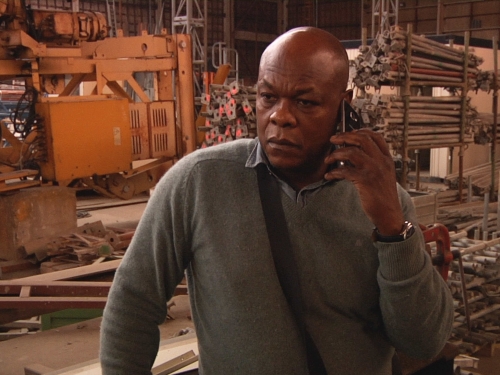
Hannes Verhoustraete over Un pays plus beau qu’avant
CONVERSATION
03.04.2019
NL
In december 2018 ging de eerste langspeelfilm van de Brusselse filmmaker Hannes Verhoustraete, Un pays plus beau qu’avant (2019), in avant-première in de Beursschouwburg te Brussel. De film volgt de omzwervingen van Jean-Simon, een Brusselse kleinhandelaar van Congolese origine die zich tracht te handhaven in de informele economie van de hoofdstad. Verhoustraete: “Hoewel [een] concrete [politieke] urgentie zeer aanwezig is, blijven we in de film dichter bij de persoonlijke hoogdringendheid van het leven van Jean-Simon. Een urgentie die soms rond 20 euro draait, rond eten en de dag doorkomen. Ik wilde die werkelijkheid vervolgens koppelen aan een systemische dimensie, het kleine met het grote verbinden. Ik denk dat ik eerder op zoek was naar een schizofrenische ‘blik in spreidstand’.”